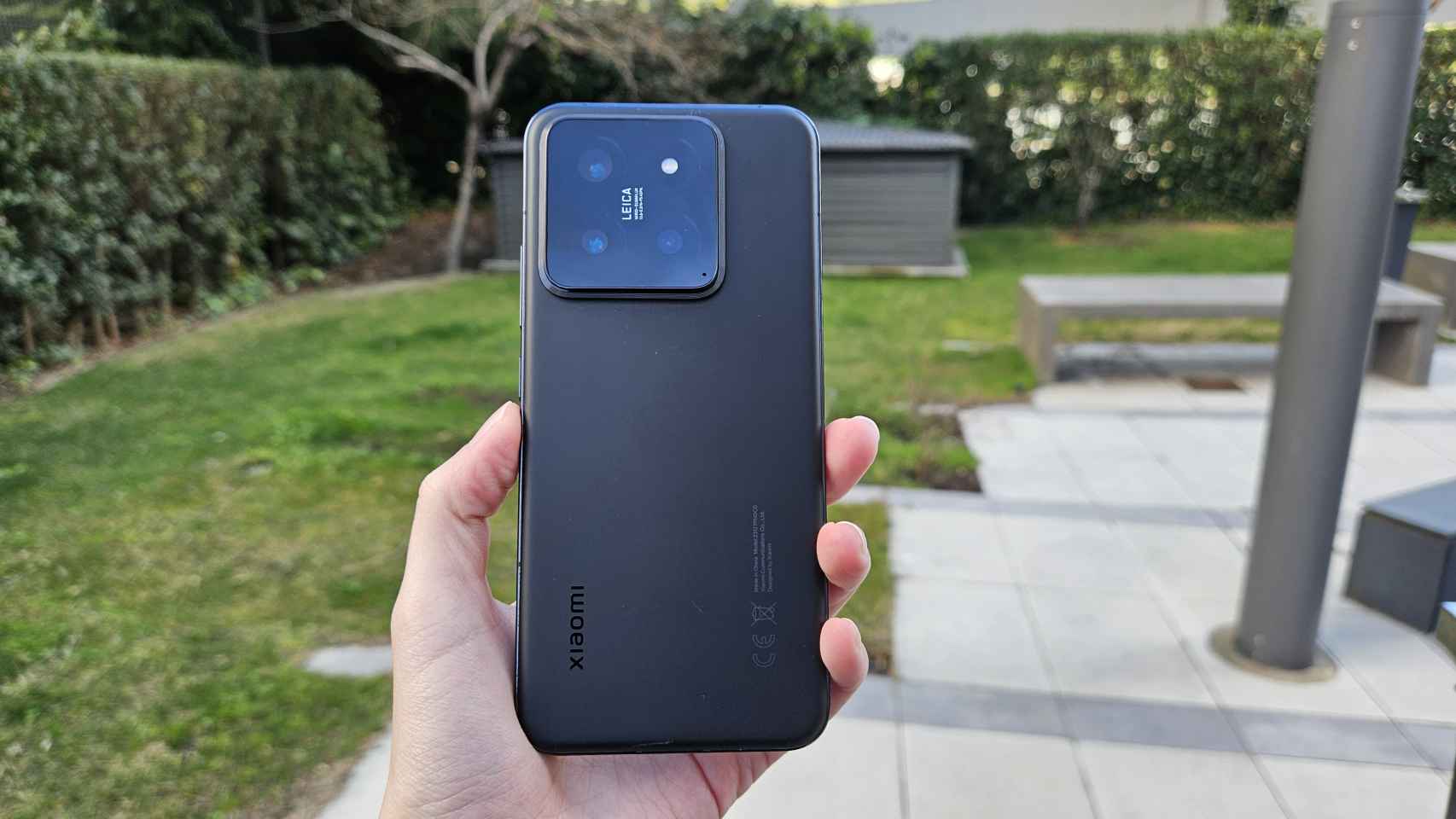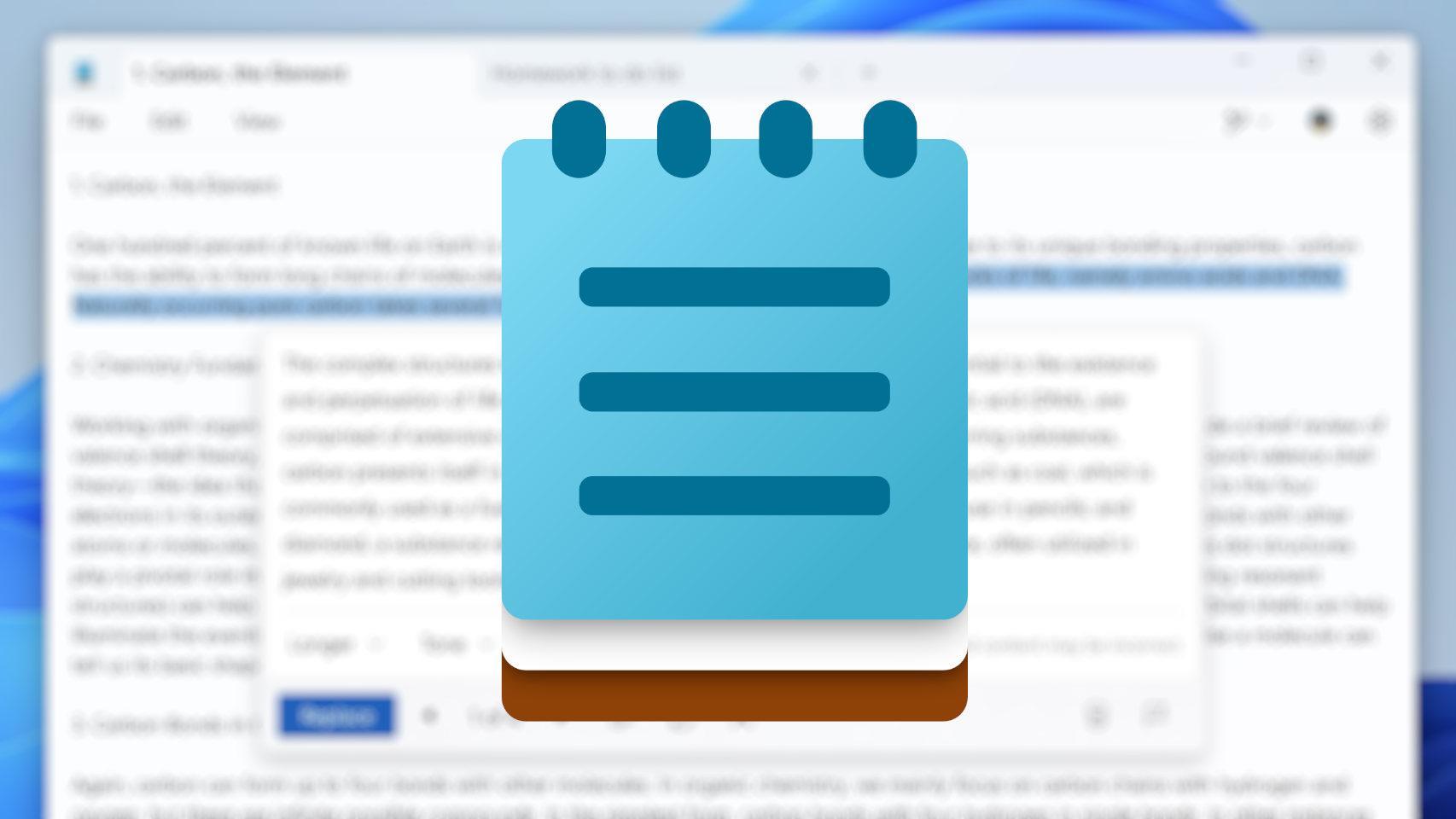A year is enough for many app installations and luckily Google keeps track of everything you do, so you can satisfy your curiosity when it comes to questions like How many apps have you installed in the last year?.
In the past we’ve already told you how to find out how many Android apps you have in your collection (3,414 in my case), but if you want to elaborate and know how many were added to the list last year, Google doesn’t give you the information directly, but you can get it yourself in a few steps.
How many apps do you have installed in 2023
If you’re curious how many apps you’ve installed on your Android devices over the past year, we have some good news and some bad news. The good thing is you can find out. The bad news is that it’s not as simple as opening a web page and looking at the number, well Google does not provide us with this information per se
However, Google keeps track of everything we do on its services, including all app installations from Google Play. With Google Takeout we can download all personal data that Google stores about us, including download logs.
It sounds complicated, but it really isn’t. All you have to do is open the Google Takeout website and click Uncheck all to avoid making a huge download, since we only need a small part. After, check the box in Google Play Store.


Go to the bottom and click Next step, which will show you export options, such as compressed file format. Leave everything as is and press Create an export.
It’s now up to Google to generate the file and allow you to download it, and They will notify you by email as soon as it is available


When it’s ready you will see the button Download inside the box Your last export. You will need to verify your identity and as soon as you do, a compressed file in ZIP format will be downloaded.
From this ZIP file we are only interested Install.json, this is where installation data is saved via Google Play on all devices you use in your account. Open it with any text editor that shows you the number of search results. This isn’t the case with Windows Notepad, but it is the case with Word and more advanced text editors.


Don’t worry, you don’t need to parse the JSON file. In its place, do a search on the following using the search function of the text editor, without forgetting the quotes:
“firstInstallationTime”: “2023
The number of results corresponds to the number of applications you have installed in 2023, at least approximately. In my case, there were 339 applications, which is not bad at all. More or less one for each day of the year.


Take the number as an approximation, since all devices are included and what Google considers “first install” refers to the current device and reset with Android updates or other factors. If you have programming skills, you can still process the JSON file and filter by devices more precisely.
In any case, it is a curious fact that even if Google doesn’t calculate it for you, at least it doesn’t make it too difficult for you to calculate it yourself. Obviously, only installations from Google Play are counted and not those you made from APK or using other app stores.
In Xataka Android | This list is a treasure trove of privacy: over 100 free open source apps and services that don’t collect personal data









